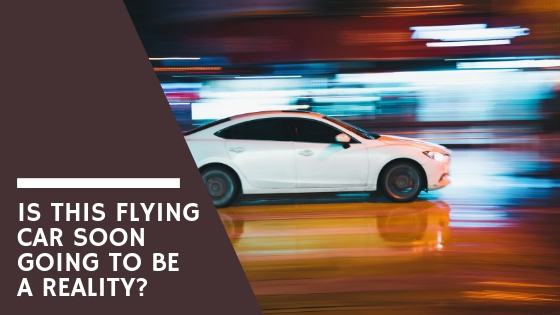The flying car was once seen as one of the definitive icons of a utopian future. People have spent decades asking when the flying car will come to fruition, but technology develops in unexpected ways, and the promise of the flying car has largely been replaced by electric and self-driving alternatives. But the dream hasn’t expired completely. Bell, creator of the V-22 Osprey, has been quietly working on the technology that could make flying cars a reality, and they could be entering the market sooner than you might think.
In actuality, this prototype doesn’t look much like a car. Bell is marketing it as an “air taxi”, and it’s essentially a helicopter designed to be employed in busy metropolises for the consumer market. Its six tilted and ducted fans allow it to takeoff and land vertically from roofs and landing pads, and that allows it to more efficiently carry passengers even when the streets are crowded by rush hour traffic.
There’s potentially no company better suited to actualizing the potential of a flying car than Bell. The company has spent decades building a name for itself, and it’s become one of the most successful contractors of vertical landing and takeoff (VTOL) vehicles for commercial and military clients. But they’ve recently rebranded themselves, and they’re focusing their attention now on the construction of electric vehicles tailored to the needs of civilian customers.
Known as the Bell Nexus, this prototype aircraft came to existence out of a partnership with the popular rideshare company, Uber. Both Bell and Uber saw the potential of flying cars to help alleviate heavy traffic conditions in populated areas, and the Nexus is the first public proof of this concept. The partnership was first announced in 2017, and the Nexus premiered at the most recent Consumer Electronics Expo.
They’ve taken great efforts to distinguish their civilian aircraft from the more traditional military vehicles they’re known for. The sleek and stylized design is highly modernized, and they’ve been careful to alleviate customer concerns by hiding away the sharp rotors. Bell opted for a hybrid rather than full electric engine to create a more stable vehicle and safely carry more weight.
While the current version of the Nexus is merely a scale model, Bell’s plans aren’t a pipe dream for the far future. They’ve signaled that the Nexus could be operational and employed through their partnership with Uber by the mid-2020s.

